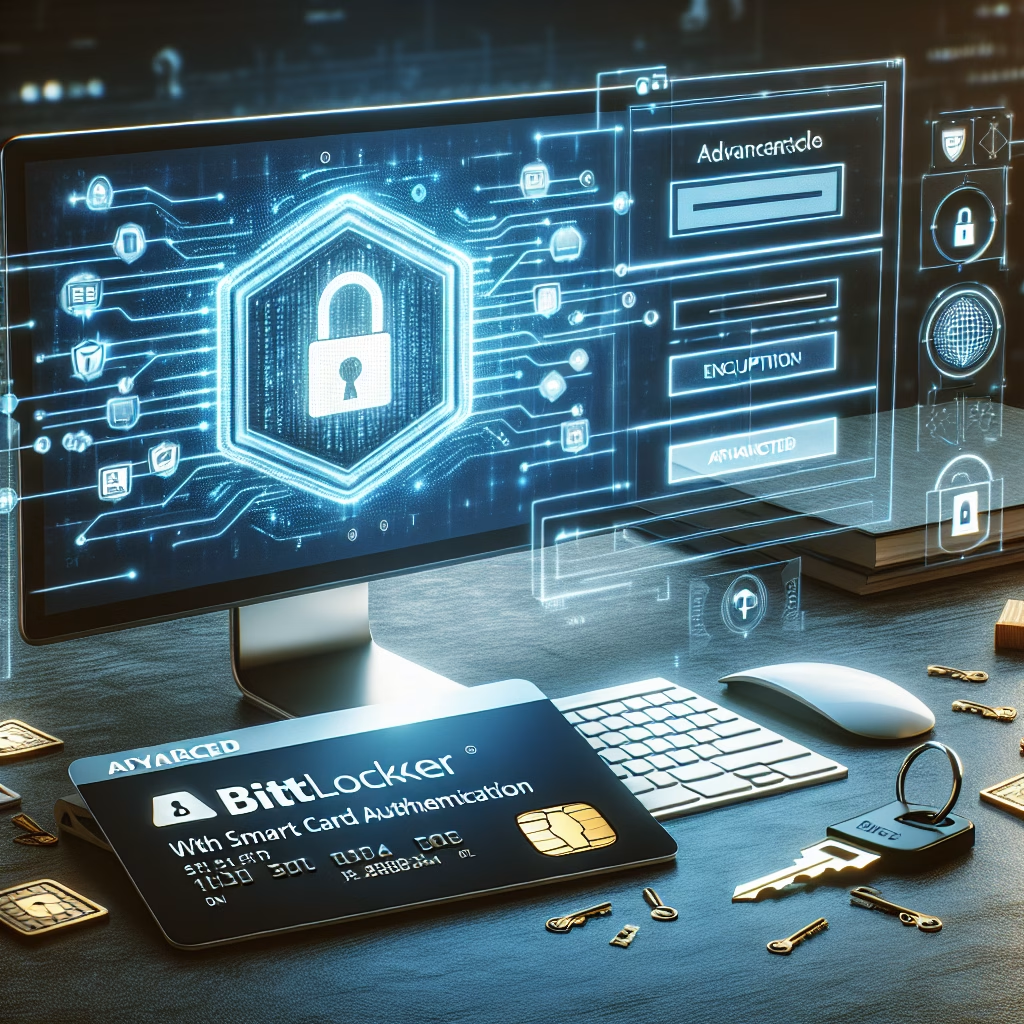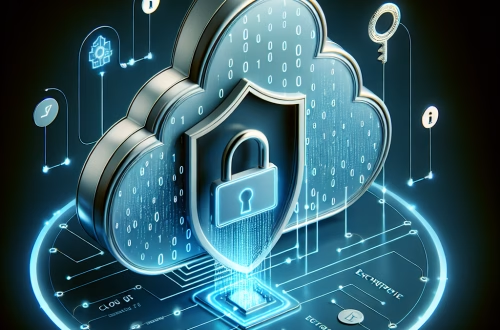BitLocker with Smart Card Authentication
Summary:
BitLocker with smart card authentication enhances Windows drive encryption by requiring a physical smart card for decryption. This method integrates PKI (Public Key Infrastructure) to ensure secure access to encrypted volumes. It is commonly used in high-security environments where multi-factor authentication is necessary. The authentication process relies on cryptographic keys stored on the smart card, preventing unauthorized access even if a password is compromised.
What This Means for You:
- Immediate Impact: Users must insert a smart card to unlock BitLocker-encrypted drives, adding an extra layer of security but requiring physical possession of the card.
- Data Accessibility & Security: Ensure smart card certificates are valid and properly configured to avoid lockout scenarios.
- System Functionality & Recovery: Always back up BitLocker recovery keys in case of smart card failure or loss.
- Future Outlook & Prevention Warning: Organizations should enforce strict smart card management policies to prevent unauthorized duplication or misuse.
Explained: BitLocker with Smart Card Authentication
Solution 1: Configuring Smart Card Authentication for BitLocker
To enable BitLocker with smart card authentication, ensure the system meets prerequisites: a TPM (Trusted Platform Module) chip (optional but recommended), a valid smart card reader, and properly issued certificates. Use Group Policy or PowerShell to enforce smart card authentication:
Enable-BitLocker -MountPoint "C:" -EncryptionMethod XtsAes256 -SmartCardProtector
Verify the smart card certificate is trusted by the system and properly linked to the BitLocker volume. If issues arise, check certificate validity using certmgr.msc.
Solution 2: Using the Recovery Key When Smart Card Fails
If the smart card is lost or malfunctions, the BitLocker recovery key is essential. Boot into recovery mode and enter the 48-digit recovery key when prompted. Store the key securely in Active Directory or a protected location:
manage-bde -protectors -get C:
This command lists all active protectors, including the recovery key ID. Ensure users have a backup method to access the recovery key in emergencies.
Solution 3: Troubleshooting Smart Card Authentication Errors
Common issues include expired certificates, reader malfunctions, or incorrect PIN entries. Use Event Viewer (eventvwr.msc) to diagnose errors under “Application and Services Logs > Microsoft > Windows > BitLocker-API.” Reset the smart card PIN if locked out:
certutil -scinfo
This command checks smart card status and connectivity. Reinstall smart card drivers if necessary.
Solution 4: Migrating to a New Smart Card
If replacing a smart card, first decrypt the BitLocker volume temporarily, then re-enable encryption with the new card:
Disable-BitLocker -MountPoint "C:"
After inserting the new smart card, reconfigure BitLocker:
Enable-BitLocker -MountPoint "C:" -SmartCardProtector
Ensure the new certificate is issued by a trusted CA (Certificate Authority).
People Also Ask About:
- Can BitLocker use both a smart card and a password? Yes, BitLocker supports multiple protectors, including smart cards and passwords.
- What happens if my smart card is damaged? Use the BitLocker recovery key to regain access.
- Does smart card authentication work without a TPM? Yes, but a TPM enhances security by storing keys securely.
- How do I back up my smart card certificate? Export the certificate via
certmgr.msc, but keep it secure to prevent misuse. - Can I use a virtual smart card with BitLocker? Yes, Windows supports virtual smart cards via TPM.
Other Resources:
Suggested Protections:
- Regularly update smart card certificates before expiration.
- Store BitLocker recovery keys in Active Directory or a secure offline location.
- Enforce PIN policies for smart cards to prevent brute-force attacks.
- Monitor BitLocker events in Windows logs for authentication failures.
- Use TPM in conjunction with smart cards for added security.
Expert Opinion:
BitLocker with smart card authentication is a robust security measure, particularly for enterprises handling sensitive data. However, its effectiveness depends on proper certificate management and user awareness. Organizations should integrate it with centralized management tools like MBAM (Microsoft BitLocker Administration and Monitoring) to streamline deployment and troubleshooting.
Related Key Terms:
- BitLocker Drive Encryption
- Smart Card Authentication
- TPM (Trusted Platform Module)
- PKI (Public Key Infrastructure)
- BitLocker Recovery Key
- Certificate Authority (CA)
- MBAM (Microsoft BitLocker Administration and Monitoring)
*Featured image sourced by DallE-3




